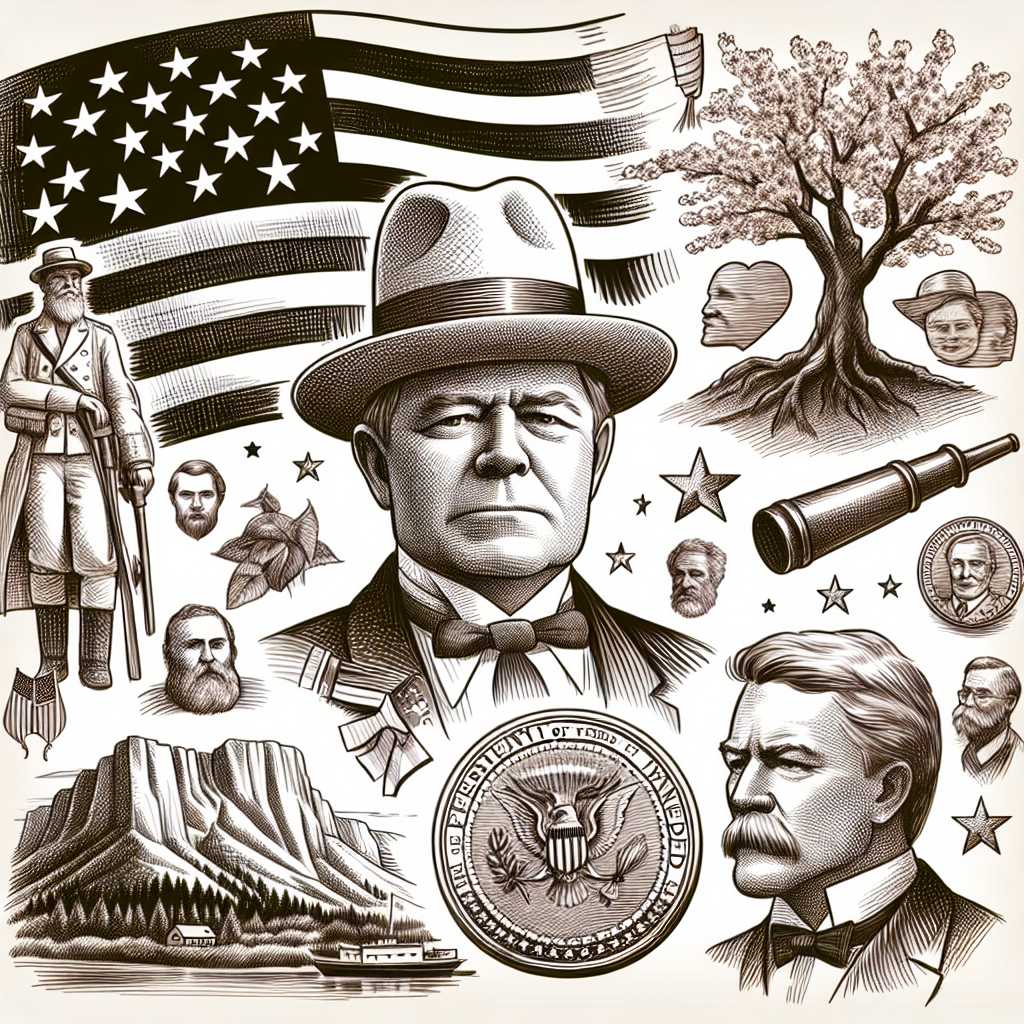The Significance and Observance of Presidents’ Day: An Overview
Presidents’ Day is a federal holiday in the United States that celebrates the birthdays of George Washington, the country’s first president, and Abraham Lincoln, its 16th president, as well as honors the contributions of all U.S. presidents. Occurring on the third Monday in February, Presidents’ Day offers a time for Americans to reflect on presidential legacies and the history of the nation’s highest office. This commemorative day not only serves as an educational opportunity but also as a moment of national unity.
History and Transformation of Presidents’ Day
Presidents’ Day began as a celebration of George Washington’s birthday, which is on February 22nd. Officially established in 1885, it was the first holiday to celebrate the life of an individual American and served as a precedent for the creation of other national observances. The date became known as Washington’s Birthday and was celebrated uniformly across the United States.
The holiday underwent a significant transformation in 1971 with the passage of the Uniform Monday Holiday Act. This act shifted the celebration of several federal holidays to predetermined Mondays, ostensibly to provide workers with more three-day weekends. As part of this shift, Washington’s Birthday was moved from its actual date, February 22, to the third Monday in February.
Lincoln’s birthday on February 12th was never a federal holiday but was celebrated independently in various states. As Washington’s Birthday settled into its new calendar slot, within proximity to Lincoln’s birthday, there was a mounting urge to broaden the holiday to recognize both presidents explicitly or honor all individuals who have served as the nation’s leader.
While the day is still legally named Washington’s Birthday by the federal government, it has become popularly known as Presidents’ Day—a title that reflects its expanded scope. Presidents’ Day nowadays often encompasses not only Washington and Lincoln but also recognizes the achievements of all American presidents.
Traditions and Celebrations
Synergizing historical remembrance with patriotic fervor, Presidents’ Day is observed through a range of celebrations and activities throughout the country. Some of these are solemn and reflective, such as laying wreaths at the tombs or memorials dedicated to George Washington and Abraham Lincoln, while others are more educational—including school events where students learn about the accomplishments and challenges faced by various U.S. presidents.
Parades and reenactments are common in many communities, particularly those with historical sites related to presidents. Retail sales also feature prominently during this weekend, as businesses capitalize on people having a day off to drive consumer spending with promotions and special deals.
A number of museums and historical organizations take the opportunity to educate the public about presidential history by hosting special exhibits, featuring artifacts from presidencies past and present or running interactive educational programs for learners of all ages.
Libraries and public institutions may host speeches or debates focusing on presidential influence—the decisions that shaped our nation’s course and continue to do so. Digital platforms likewise contribute to this observance through dedicated content about American leadership and governance.
